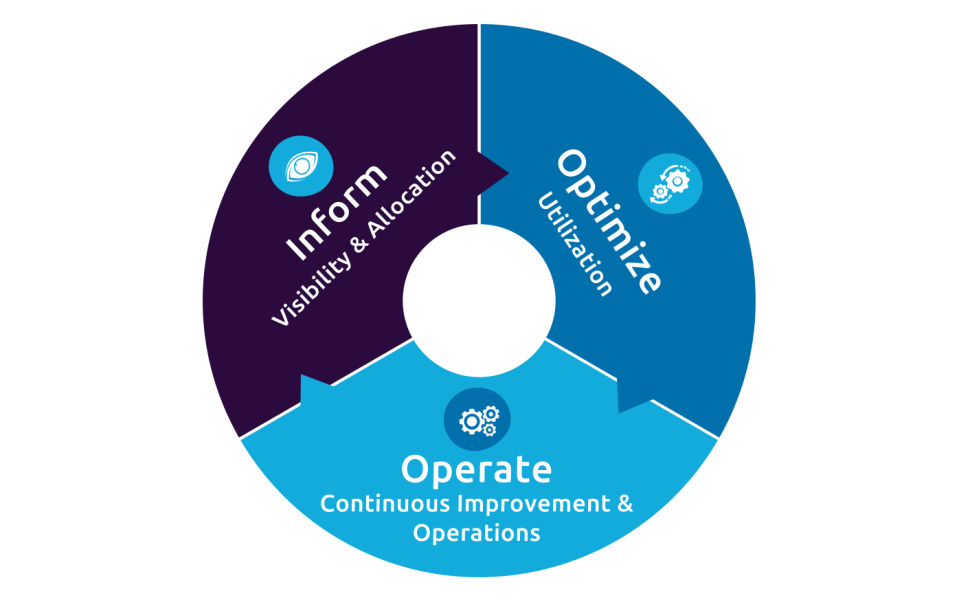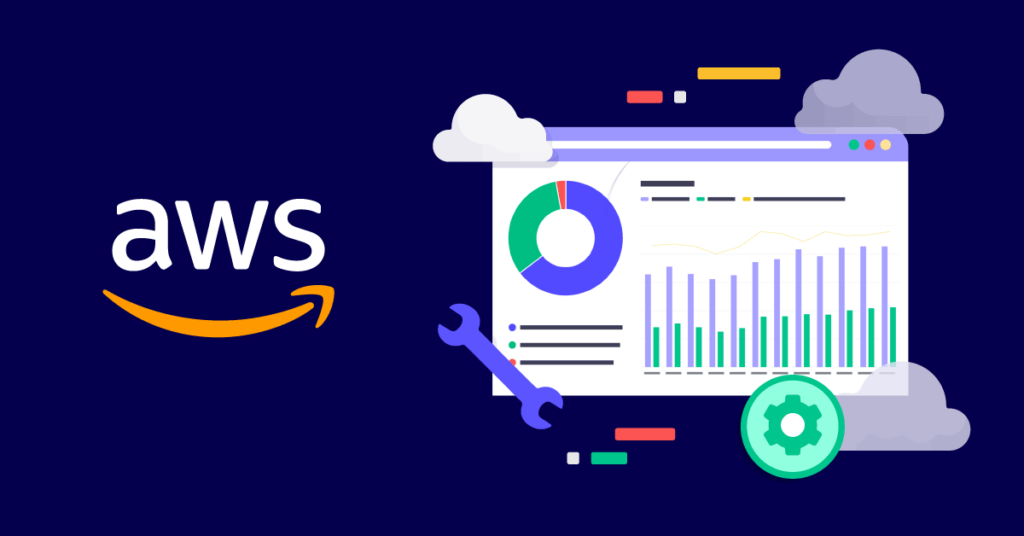Introduction
In the ever-evolving landscape of technology, organizations are constantly searching for ways to optimize their operations and enhance financial efficiency. The advent of cloud computing has brought unparalleled opportunities for scalability and innovation, but it has also introduced new challenges in managing costs effectively. Enter FinOps, short for Financial Operations, a discipline that plays a crucial role in aligning financial goals with operational objectives. In this blog, we’ll explore the significance of FinOps for organizations, diving into real-world examples and scenarios that highlight its importance in managing costs, driving innovation, fostering collaboration, and how FinOps tools contribute to these endeavors.
Managing Costs Effectively: FinOps Tools in Action

FinOps tools play a pivotal role in managing costs effectively within a cloud environment. Platforms like CloudHealth, Azure Cost Management, and AWS Cost Explorer provide granular insights into resource usage, enabling organizations to identify areas for optimization. For instance, CloudHealth’s cost allocation and budgeting features allow organizations to track spending across teams and projects, ensuring that each department stays within its allocated budget.
Driving Innovation with Informed Decision-Making: Cost Optimization Tools
FinOps tools not only provide visibility into costs but also empower organizations to make informed decisions about resource usage. Cost optimization tools, such as Spot Instances in AWS or Azure Reserved Instances, enable businesses to leverage cost-effective alternatives without compromising performance. These tools help strike the right balance between innovation and financial prudence, ensuring that organizations can experiment and innovate without breaking the bank. Some of these tools include
CloudHealth by VMware
CloudHealth provides comprehensive cloud cost management and optimization solutions. It offers visibility into spending across multiple cloud platforms, allowing organizations to analyze costs, track usage, and implement optimization strategies. Key Features include:
- Cost allocation and budgeting.
- Resource utilization analysis.
- Rightsizing recommendations
Azure Cost Management and Billing
Azure Cost Management and Billing is Microsoft’s solution for managing and optimizing costs in Azure. It provides insights into resource consumption, cost trends, and helps organizations set and monitor budgets. Key Features include:
- Budgeting and forecasting.
- Cost analysis and optimization recommendations.
- Integration with Azure Policy for governance.
AWS Billing and Cost management

AWS Billing and Cost Management is Amazon Web Services’ tool for visualizing, understanding, and managing AWS costs. It offers a range of features to analyze spending patterns and identify areas for optimization. Key features include:
- Cost breakdowns by service.
- Forecasting and budgeting.
- Customizable reports and data visualization.
Google Cloud Platform (GCP) Cost Management Tools
Google Cloud provides various tools for cost management, including the GCP Pricing Calculator, Cost Explorer, and Billing Reports. These tools help organizations analyze and optimize their spending on Google Cloud services. Key features include:
- Detailed cost breakdowns.
- Custom pricing simulations.
- Billing export to BigQuery for in-depth analysis.
Cloudability
Cloudability is a cloud cost management platform that supports multiple cloud providers. It offers features to monitor, optimize, and govern cloud spending across an organization. Key features include:
- Cost reporting and analytics.
- Reserved Instance planning.
- Showback and chargeback capabilities.
CloudCheckr
CloudCheckr is a comprehensive cloud management platform that includes robust cost management features. It focuses on providing visibility into cloud spending, security, and compliance. Key features include:
- Cost allocation and optimization.
- Resource utilization analysis.
- Security and compliance monitoring.
Tidemark
Tidemark offers cloud-based financial planning and analysis solutions, including tools for cost visibility. It helps organizations align financial goals with operational performance. Key features include:
- Financial planning and forecasting.
- Profitability analysis.
- Scenario modeling for cost optimization.
Flexera Optima
Flexera Optima is a cloud cost management tool that helps organizations track and optimize cloud expenses. It provides visibility into usage patterns and offers recommendations for cost savings. Key features include:
- Cost allocation and showback.
- Reserved Instance management.
- Automated policy enforcement.
Cloud Cost Optimisation
Cloud Cost Optimisation tooling and services by Virtasant allow you to reduce your cloud spend by upto 50% by optimising the pricey services and suggesting the right compute type of your Cloud environment. Key features include:
- Guided cost optimization
- Pay from what you save !
- Get visibility into where your wastage is presently
Choosing the right cost visibility tool depends on an organization’s specific needs, preferred cloud provider, and the level of granularity required for cost analysis and optimization.
Collaboration for Holistic Understanding: Cloud FinOps Culture
While not a traditional tool, instilling a Cloud FinOps culture is vital for fostering collaboration. Tools like Slack and Microsoft Teams facilitate communication and collaboration among finance, operations, and technology teams. Real-time communication channels allow teams to discuss cost-related issues, share insights, and collectively work towards optimizing cloud spending.
Predictability and Accountability: FinOps Tools for Forecasting
FinOps tools excel in providing predictability and accountability. Forecasting tools, such as CloudForecast and Cloudability, help organizations anticipate future costs based on historical data. This enables proactive budgeting and resource allocation. If a development project is expected to scale in the coming months, these tools help teams plan and allocate resources accordingly, preventing unexpected budget overruns.
Responsible Scaling for Sustainable Growth: Automation and Orchestration Tools
Automation and orchestration tools are essential for responsible scaling. Infrastructure as Code (IaC) tools like Terraform and AWS CloudFormation allow organizations to define and provision resources programmatically. This not only ensures consistency and reliability but also enables automated scaling based on predefined policies. These tools play a crucial role in aligning cloud resources with actual demand, preventing overprovisioning and unnecessary expenses.
Conclusion
Navigating the complexities of Cloud FinOps requires not just a cultural shift but also the right set of tools. FinOps tools, ranging from cost management platforms to automation tools, empower organizations to manage costs effectively, drive innovation, foster collaboration, and scale responsibly. As organizations continue to harness the power of the cloud, incorporating these tools into their FinOps strategy will be instrumental in achieving financial efficiency and sustainable growth.

